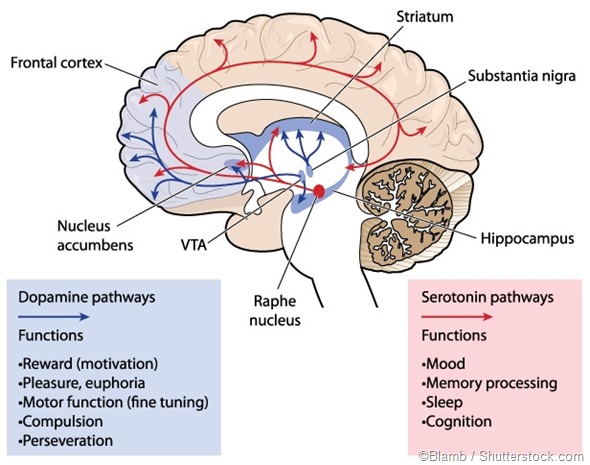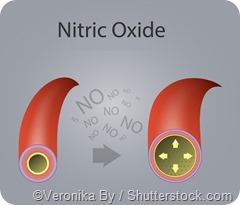Proteins are generally considered macronutrients that are vital to sustaining life. These biomolecules are made of amino acids, which not only function as the building blocks of proteins, but in several other crucial physiological capacities.
These roles include, but are not limited to, maintaining and regulating the function and structure of our internal tissues, organs and systems. There are 20 amino acids that may be grouped as essential, nonessential and conditional, which are required by dietary intake, synthesized by the body and only vital during certain conditions, such as stress and illness, respectively.
Formation of antioxidants
Amino acids and their derivatives serve as crucial precursors in the synthesis of some very important biomolecules. One example is glutathione - this tripeptide, which contains a sulfhydryl group, is present in high concentrations in animal cells.
It serves to protect these cells from damage that can be caused by the harmful by-products of aerobic respiration, such as organic peroxides and hydrogen peroxide. It protects against oxidative stress by functioning as a sulfhydryl buffer and cycles between its reduced thiol (GSH) and oxidative (GSSG) forms. The GSH to GSSG ratio in the majority of cells is more than 500.
Hormone and neurotransmitter synthesis
The amino acid tyrosine is the precursor of the thyroid hormone thyroxine. This hormone is important in the regulation of several metabolic functions such as increasing basal metabolic rate, protein synthesis, bone growth regulation and sensitivity to stress hormones. Overall, thyroid hormones are very important as they ensure proper development and differentiation of virtually all cells within the body. Thus, tyrosine is a very important amino acid.
In addition to thyroxine, tyrosine is an important precursor in the synthesis of norepinephrine, epinephrine and melanin. Tyrosine produces epinephrine in the medulla of the adrenal gland via a series of intermediates in an enzymatic pathway. First, it is oxidized to L-DOPA that is then decarboxylated to dopamine, which can be oxidized to produce norepinephrine that is subsequently methylated to produce epinephrine.
Dopamine is an important neurotransmitter, playing a key role in reward-motivated behavior, while norepinephrine and epinephrine are important players in our fight or flight response. Melanin, another product of tyrosine, is an important complex polymeric pigment.
Tryptophan is another important amino acid, which is required for the synthesis of serotonin, also known as 5-hydroxytryptamine. This monoamine neurotransmitter is found primarily in the gastrointestinal tract, platelets and the central nervous system. It plays a critical role in the motility of the gut as well as regulating appetite, mood and sleep via the central nervous system.

Impacts on the cardiovascular system
The amino acid arginine is used to make nitric oxide, an important cell signaling molecule that is involved in many physiological processes.

Nitric oxide is endogenously produced by a complex reaction involving nitric oxide synthase
and arginine together with oxygen and nicotinamide adenine dinucleotide phosphate (NADPH).
Nitric oxide is a potent vasodilator and low levels of it are important in protection against ischemic damage. It helps to lower blood pressure by relaxing the tone in the blood vessels and it is produced in the heart where it is able to help regulate contractions.
Sources
- https://www.ncbi.nlm.nih.gov/
- http://cardiovascres.oxfordjournals.org/content/77/1/19.full#sec-1
- http://www.biology.arizona.edu/biochemistry/problem_sets/aa/aa.html
- https://www.khanacademy.org/
- https://nigms.nih.gov/
Further Reading
Last Updated: Jul 22, 2023